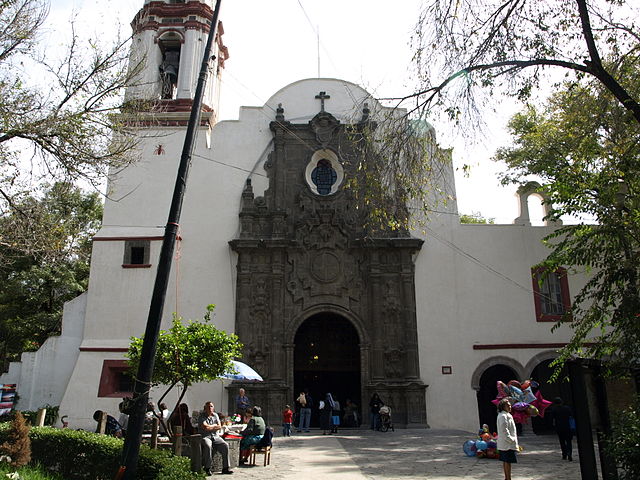
The Cathedral of Azcapotzalco is also known as the Parish Church of the Apostles Felipe and Santiago el Menor. The temple was part of the Dominican monastery complex built between 1540 and 1564. The temple was begun in 1565. It was rebuilt after serious damage from an earthquake in 1653 after which it was not re-opened until 1702.
A sober façade bears two empty niches and it is believed that at one time they held likenesses of Saint Dominic and Saint Francis of Assisi. The interior is richly decorated, particularly with an elaborate altarpiece, probably from 1702, in the left-side Chapel of the Rosary. Also, note the coffered ceilings which are not at all common in Mexico City. The only other examples are in the sacristy of the Hospital de Jesus in the city center.
Both the temple and the monastery have had structural improvements added in the 17th and 18th centuries. Note also the wooden pulpit and sacristy entrance.
The old cloister also notably bears the remains of some very old tequitqui mural painting which show the mix of indigenous style under a much more recently adopted European influence.
The atrium of the monastery was the site of the final battle of the War for Mexican Independence. Some royalist troops had taken refuge in the monastery during those last moments of the Vice Royalty.
The Cathedral of Azcapotzalco has only been recognized since 2019 when Pope Francis created the Diocese of Azcapotzalco which elevated the parish church to the category of Cathedral.
 (55) 5561 0453
(55) 5561 0453

Nearest at 0.08 kms.
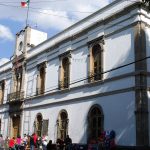
Nearest at 0.11 kms.
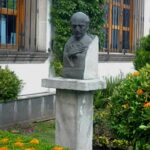
Nearest at 0.13 kms.
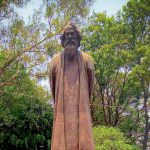
A sculpture honors the Bengali writer and philosopher who won 1913 Nobel Prize for Literature . . .
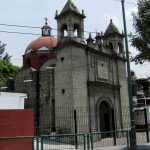
One of Azcapotzalco's ancient neighborhoods is remembered in a stone chapel.
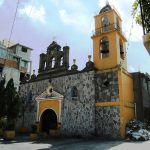
A crooked town center to one of Azcapotzalco's oldest settlements...
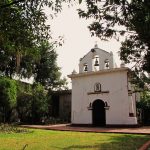
One of Azcapotzalco's original settlements....
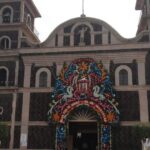
One of Azcapotzalco's original villages, Atenco has reclaimed its very old name.